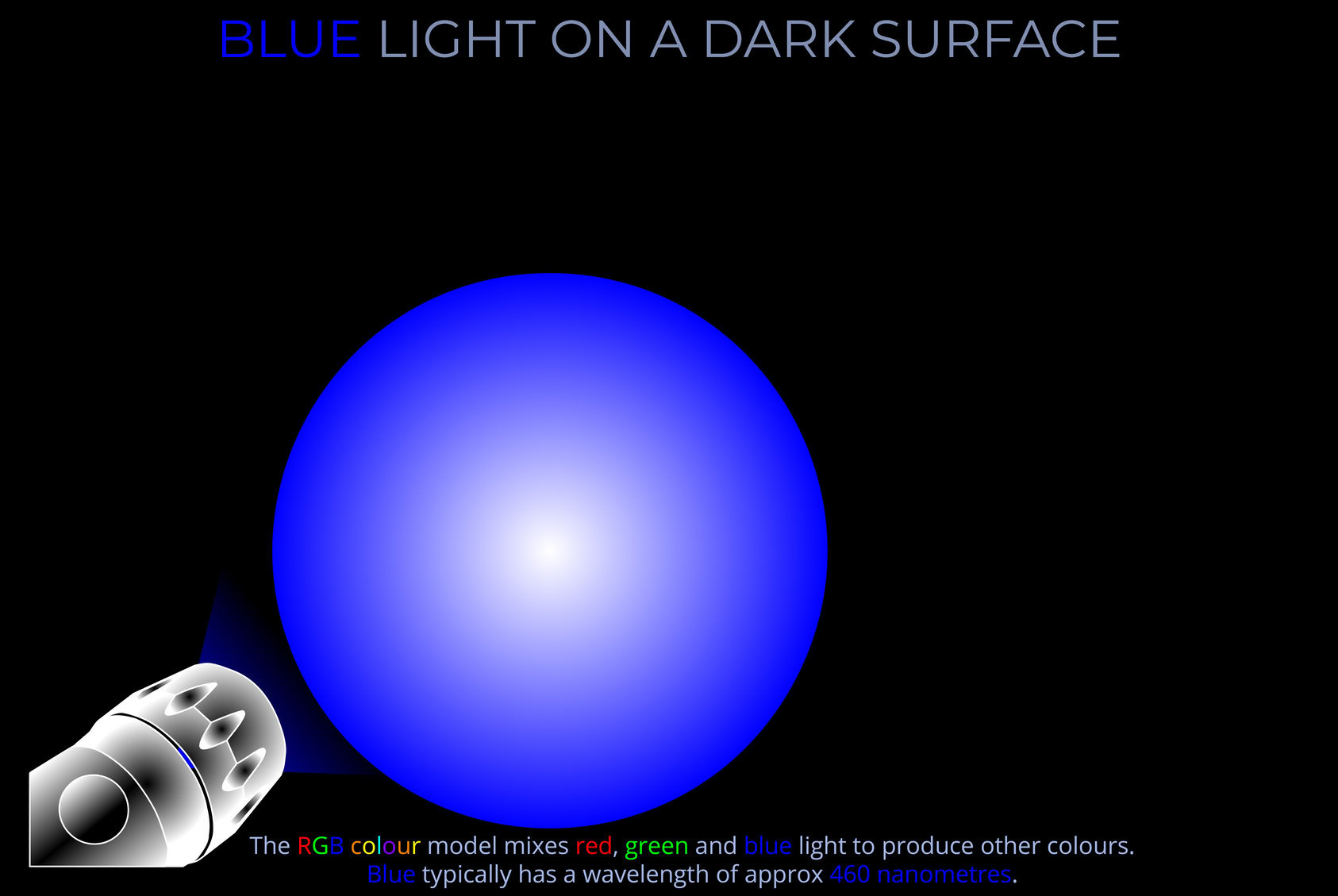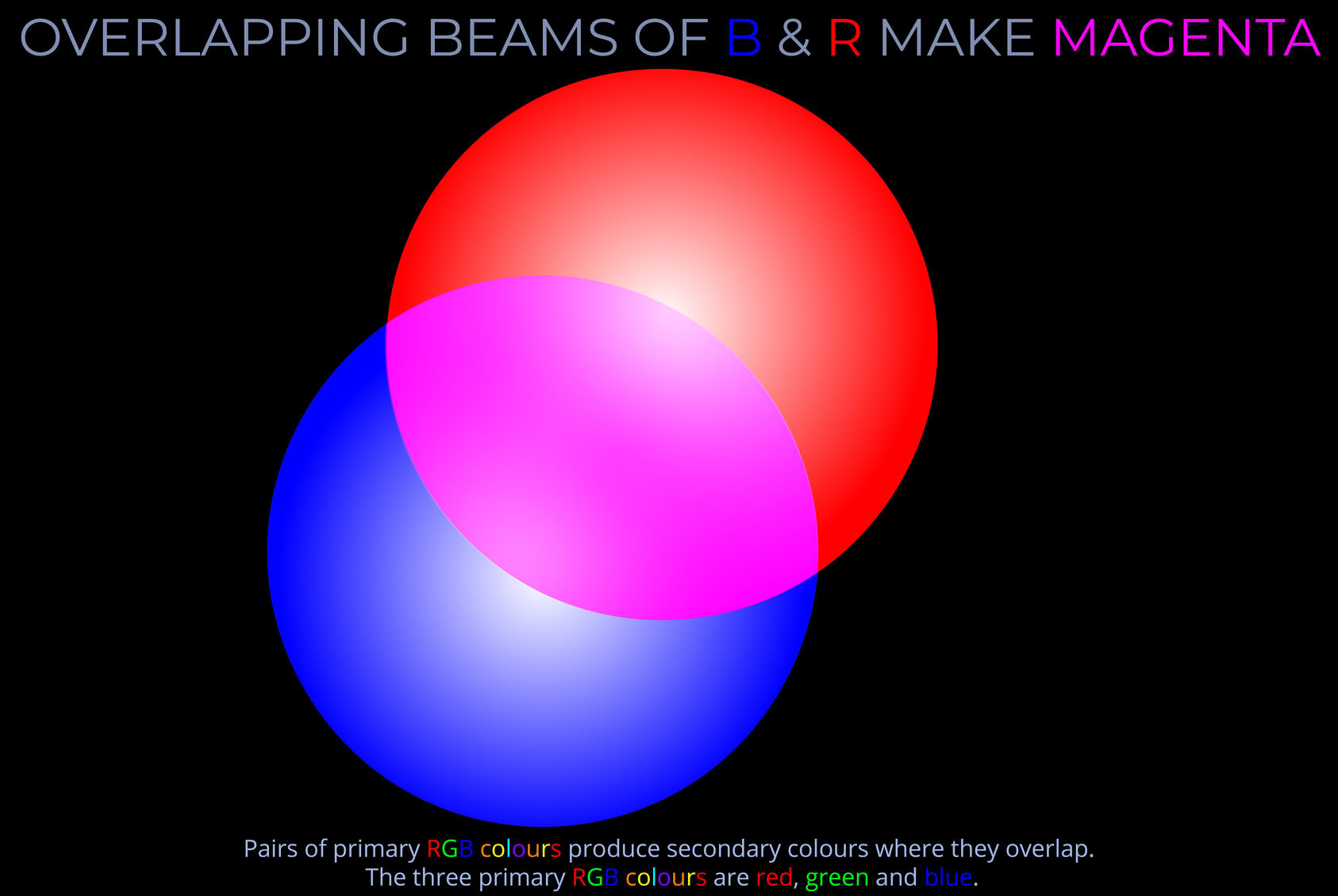Why an Object Appears Red
£0.00
This is one of a set of 10 diagrams exploring why objects appear to be different colours to an observer.
There are always three key factors that affect the colour of an object.
- The first is the type of light source and what happens to the light on its journey towards an object.
- The second is what happens when light strikes different types of objects and materials.
- The third concerns factors related to the observer which affect what they see and how things appear.
Description
Why an Object Appears Red
TRY SOME QUICK QUESTIONS AND ANSWERS TO GET STARTED
A human observer is a person who watches something from their own unique point of view.
Yes! Every observer has a unique view of the world because: Each one of us sees the world from a different physical location and so has a unique point of view Every one of us has different life experiences including educational, social and cultural factors that affect how we see the world.
Yes! The arcs of a rainbow always appear at the same angle from its centre point.
Yes! Refraction occurs as light crosses the boundary between transparent media with different refractive indices.
Yes! Colour is a visual experience unique to each of us at any given moment because of our different points of view, so we share our experiences of colour using language and by way of examples.
About the diagram
About the diagram
- This is one of a set of 10 diagrams exploring why objects appear to be different colours to an observer.
- There are always three key factors that affect the colour of an object.
- The first is the type of light source and what happens to the light on its journey towards an object.
- The second is what happens when light strikes different types of objects and materials.
- The third concerns factors related to the observer which affect what they see and how things appear.
When light strikes an object at least one of the following things happens:
- Reflection. The term reflection refers to a situation where light strikes the surface of an object and some wavelengths are obstructed and bounce off. If the surface is smooth, light is reflected away at the same angle as it hits the surface. The term reflection refers then to what happens to wavelengths of light that are neither absorbed (by an opaque medium) nor transmitted (through a transparent medium).
- Scattering. Scattering takes place when light waves are reflected in random directions at the boundary between two media. Scattering can also take place when light strikes particles or other irregularities within a medium through which light propagates.
- Absorption. When light strikes an opaque medium the wavelengths that are not reflected are absorbed and their energy is converted to heat.
- Transmission. In optics, transmission refers to the passage of electromagnetic radiation through a medium.
- Refraction. The term refraction refers to the way a light wave changes direction and speed as it travels from one medium to another.
- Dispersion. Chromatic dispersion refers to the way that light separates into its component wavelengths and the colours corresponding with each wavelength become visible.
To make sense of these diagrams it’s important to be clear about the following:
- In the context of a discussion of visible light, a light source is a natural or man-made object that emits a range of wavelengths – each corresponding with a different colour.
- The light source in these diagrams is the Sun.
- Sunlight includes all visible wavelengths. The diagrams explore what happens to the wavelengths of ROYGBV. An arrow is used to represent each incident ray.
- The diagram uses coloured balls to represent the object the incident rays strike. The wavelengths which are absorbed, reflected or transmitted (through the transparent ball) are shown by arrows.
- The observer is represented by an eye and the colour of the object as seen by the observer is shown in a thought bubble.
- Use the text to check exactly which colours are absorbed, reflected or transmitted.
Objects:
- Every object, material, medium or substance that we can see is made of matter of one kind or another. The key differentiating factor is the elements and molecules they are constructed from.
- You will have come across the elements that make up the periodic table.
- A close look at molecules reveals that they are made up of atoms composed of electrons surrounding a nucleus of protons and electrons.
- In a nutshell, different elements and molecules react to light in different ways because of their atomic structure and the particular way they combine to form mixtures or compounds.
- In the case of an opaque object, it is the molecules that form its surface that determine what happens when light strikes it. Translucent and transparent objects behave differently because light can travel through them.
- Another factor that needs to be taken into account when light strikes an object is surface finish. A smooth and polished surface behaves differently from one that is rough, textured or covered in ripples.
Observers:
- There are many different factors that can influence an observer’s colour perception.
- Perhaps the most important factor is the colour of nearby objects.
- Another important factor is to do with the well-being of an observer. Health, medications, mood, emotions or fatigue can all affect the eye, vision and perception.
- A further factor is the environment in which colours are observed, the type of object and colour associations.
- Two different observers may see colour differently because of life experience including educational, social and cultural factors.
Other useful facts:
- Material: The matter from which a thing is or can be made.
- Material thing: Something formed or consisting of matter.
- Matter: (in physics) That which occupies space and possesses mass as distinct from energy.
- Medium: A substance that carries a wave (or disturbance) from one location to another.
- Object: a material thing that can be seen and touched.
- Substance: a particular kind of matter with uniform properties.
Some key terms
No posts found.



